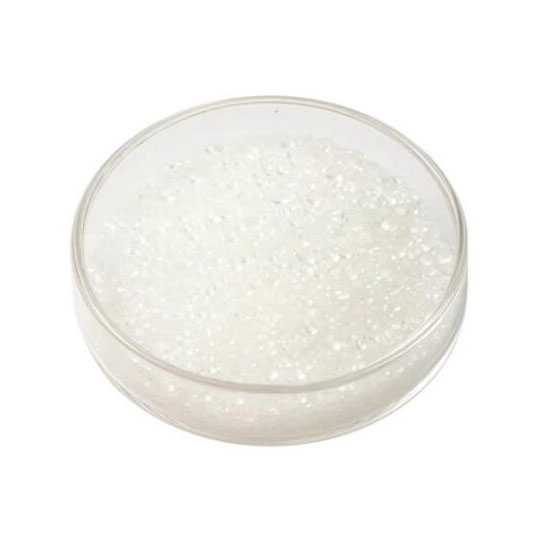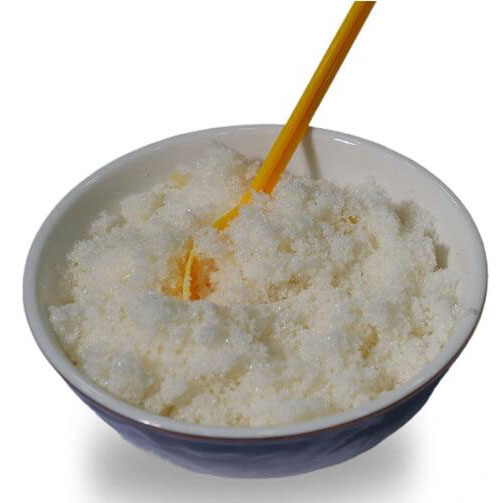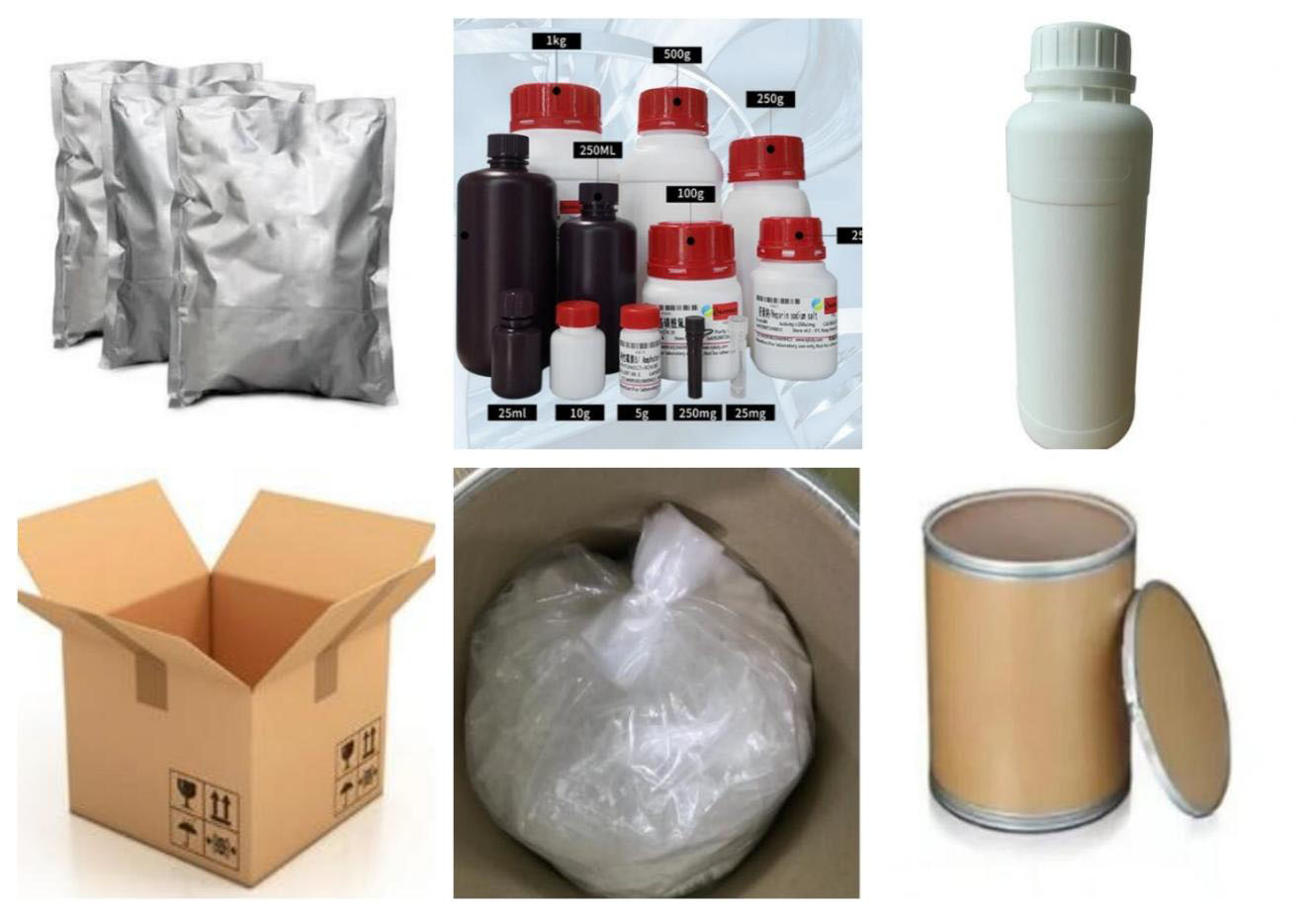Application and Effect
Neocuproine, also known as 2,9-dimethyl-1,10-phenanthroline, is a reagent commonly used in analytical chemistry for the determination of copper and other metal ions. Its chelating property allows it to form stable complexes with metal ions, particularly copper(II). The neocuproine test is based on the formation of a red-colored complex between copper(II) ions and neocuproine. This complex can be quantitatively measured using spectrophotometry, allowing for the detection and determination of copper ions in various samples such as water, food, and biological fluids. This reagent is often employed in environmental monitoring to detect and measure the concentration of copper in wastewater, soil, and other environmental samples. It is also used in pharmaceutical analysis to determine the copper content in drug formulations. However, it's important to note that neocuproine is specifically selective for copper(II) ions and does not exhibit the same affinity for other metal ions. Therefore, it is not suitable for detecting or quantifying other metal ions in complex samples.Product Sample


Product Packing:

Additional Information:
| Composition | C14H12N2 |
| Assay | 99% |
| Appearance | White crystalline powder |
| CAS No. | 484-11-7 |
| Packing | Small and bulk |
| Shelf Life | 2 years |
| Storage | Store in cool and dry area |
| Certification | ISO. |
